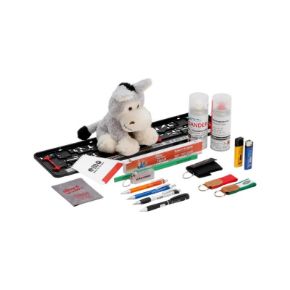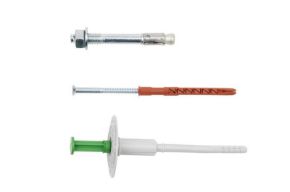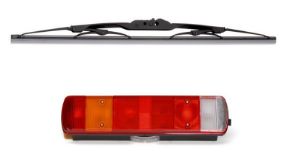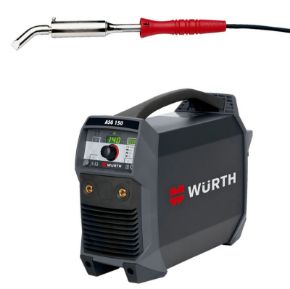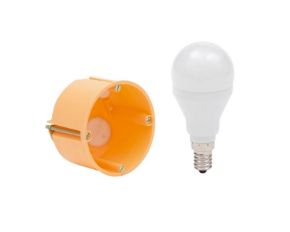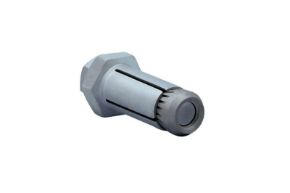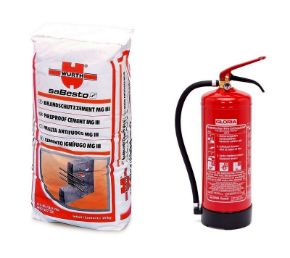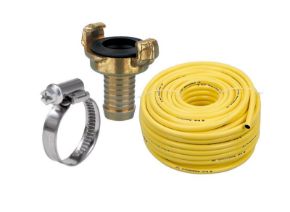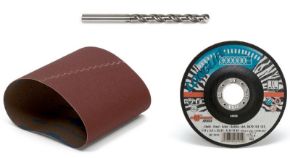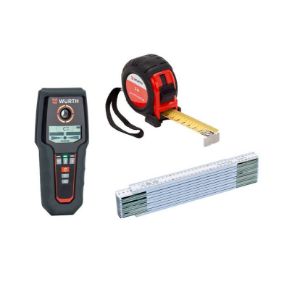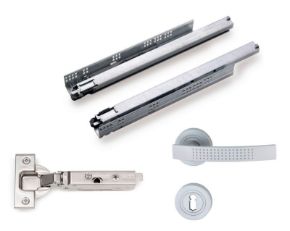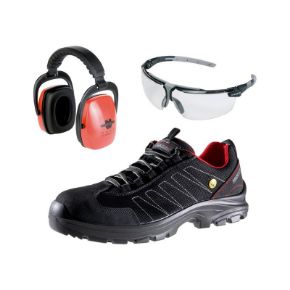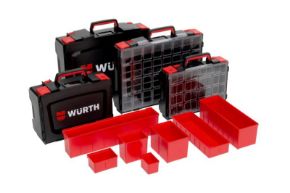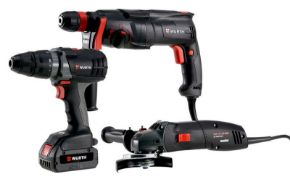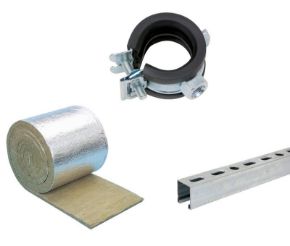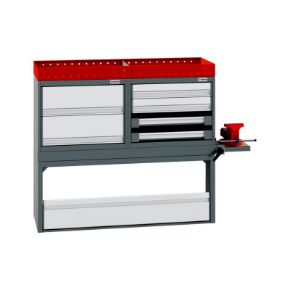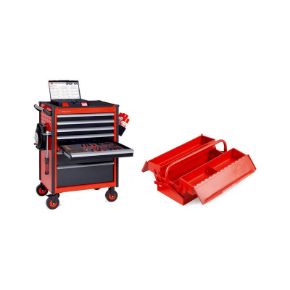In the previous blog we sang the praises of the ECO53 antifouling paint, which is the latest and greatest at Würth. Today we are going to see this in practice. What does it take to apply a decent coat of antifouling paint on the most common materials?
The process is the same for all three materials, Wood, GRP and aluminium. Unless this is a brand new boat, usually boats will have had more than their fair share of paint coatings throughout their working life. So it would be good to sand down well. It is not necessary to bring this down to bare wood. A decent sanding down, until the surface is rough enough to accept a primer that is suitable for your boat.
Primers are a tricky lot. The right primer would make your paint look good whilst the wrong primer and the right paint would be the initiation of a disaster waiting to happen. As with all primers, the science behind it is for the primer to act as a good enough base for the paint that follows to adhere to it, whilst providing adhesion to the previous coat and act as a barrier in between. Article number: EP907040 is one such two pack primer which acts both as a primer and as a barrier coat which protects your fibreglass hulls against osmosis.
Since we are talking about Würth antifouling paints, particularly the ECO53, there are two ways you can go with his product. They are both ‘two-pack’ products and both epoxy based. Whether you go for one or the other is just a matter of personal choice since they are both excellent for the job. In all the materials that we will mention in this blog the process is the same.
Step 1. Strip and sand away all previous paint.
Step 2. Clean surfaces of all extra materials like dust, oil and other undesired stuff
Step 3. Apply at least two coats of article number: EP907040 epoxy based primer, leaving a 24hour window between each coat.
Step 4. Apply the first coat of ECO53 antifouling paint.
Step 6. Leave to dry for at least 24hours.
Step 7. Apply the second coat of ECO53 antifouling paint.
To apply a third coat just repeat steps 6 & 7.
A word of warning; Once the antifouling is dry, it is extremely important that the boat does not exceed 48hrs out of the water, as all the properties that make it effective against marine growth would start to fade away and become ineffective once it’s in the water.
Happy boating!

